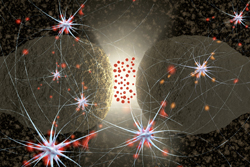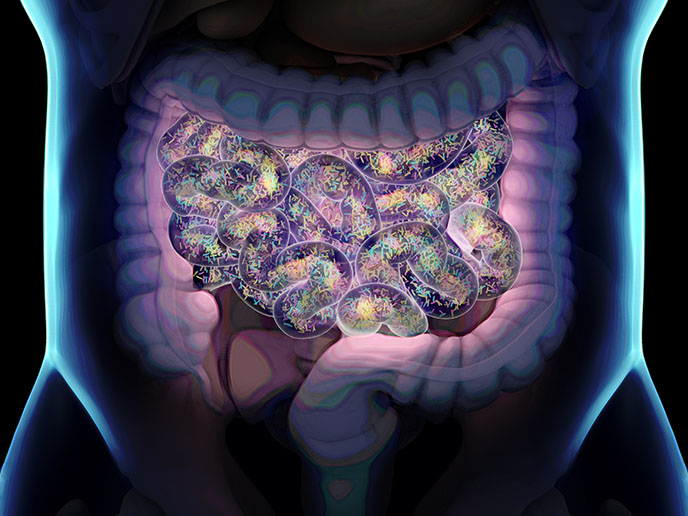Imaging for serotonin receptors
The 5-HT receptors are a group of cell membrane G protein-coupled receptors and ligand-gated ion channels. They are activated by the neurotransmitter 5-HT, which is their natural ligand. These receptors modulate the release of many neurotransmitters as well as many hormones. The 5-HT receptors influence various biological and neurological processes such as aggression, anxiety, appetite, cognition, learning, memory, mood, nausea, sleep and thermoregulation.Among the 5-HT receptors, the 5-HT7 sub-type is recognised as being involved in the pathophysiology of brain disorders and is also an important drug target. However, direct links between the diseases and 5-HT7 receptor abnormalities have been difficult to elucidate due to the lack of a method for determining 5-HT7 concentration in vivo. The goal of the 'Development of new PET tracers for in vivo 5-HT2A and 5-HT7 brain imaging' (5-HT RADIOTRACERS) Marie Curie Fellowship was to develop such a tool and validate it in vivo. Positron emission tomography (PET) is a non-invasive tool to characterise receptors or other targets in vivo. It can be used to quantify the number of available receptors or the concentration of drug binding to a specific target. Thus, the development of a 5-HT7 PET radiotracer could advance understanding of neurological disorders that are affected by 5-HT and monitoring for patients with depression, schizophrenia or drug addiction.During the two years of the project several 5-HT7 agonist modifications were developed for application in PET imaging. Most important parameters were selectivity towards the target, lipophilicity and a labelling procedure. The final best nine PET tracers were labelled and evaluated in vivo. The so-called oxindole 5-HT7 agonist derivative displayed the most promising characteristics to be a useful PET tracer. It was successfully radiolabelled in a yield enabling in vivo PET studies, and generated high brain uptake and reversible tracer kinetics, which is important for quantification. Finally, it showed a dose-dependent decrease in binding after pre-treatment with the 5-HT7 receptor-specific antagonist SB-269970.As such, the main goal of this Marie Curie Fellowship — to develop a 5-HT7 selective PET tracer — was fulfilled. Access to such a successful PET radiotracer in humans could provide a more complete picture of neurological dysfunctions and potentially serve as a biomarker for diseases.







